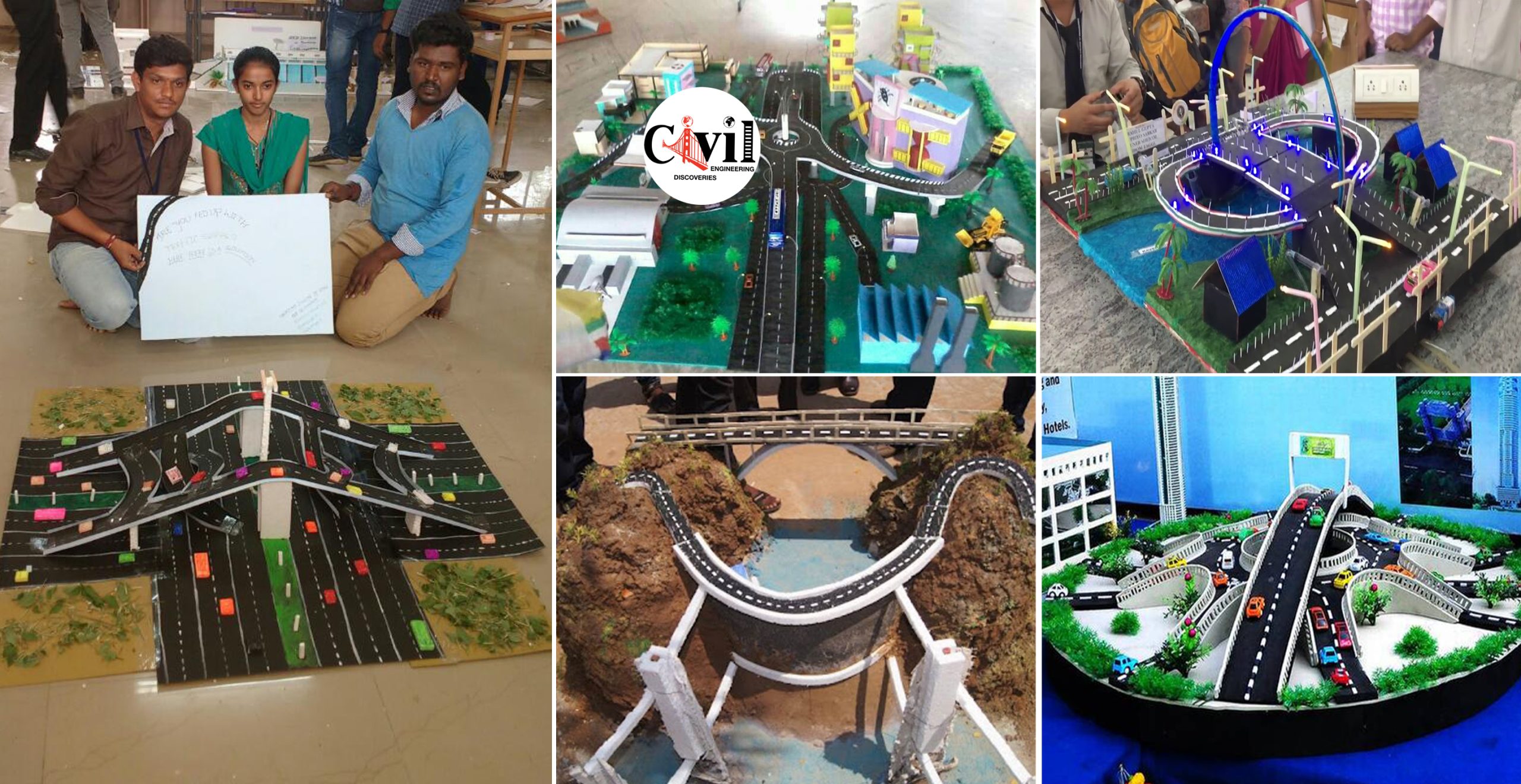Civil Engineering Innovation Ideas for 2025: Shaping the Future of Infrastructure
Related Articles: Civil Engineering Innovation Ideas for 2025: Shaping the Future of Infrastructure
- Cheap Xmas Dinner Ideas 2025 Pinterest Kitchen Ideas 2025 2025
- Chicken Breast Pasta Dinner Ideas 2025 Pinterest Username Ideas Aesthetic 2025
- Choir Outfits Ideas 2025 Pinterest Website Ideas 2025
- Cheap Vegetarian Dinner Ideas 2025 Pinterest Home Design Ideas 2025
- Christmas Drawing Ideas 2025 Pinterest Yard Ideas 2025
Introduction
With great pleasure, we will explore the intriguing topic related to Civil Engineering Innovation Ideas for 2025: Shaping the Future of Infrastructure. Let’s weave interesting information and offer fresh perspectives to the readers.
Table of Content
Video about Civil Engineering Innovation Ideas for 2025: Shaping the Future of Infrastructure
Civil Engineering Innovation Ideas for 2025: Shaping the Future of Infrastructure

Introduction:
As we approach the year 2025, the field of civil engineering stands poised at the cusp of a technological revolution. Driven by advancements in materials science, computing, and data analytics, innovative ideas are emerging that promise to transform the way we design, construct, and maintain infrastructure. This article explores some of the most promising civil engineering innovation ideas for 2025, providing a glimpse into the future of infrastructure development.
1. Self-Healing Concrete:
Concrete, the cornerstone of modern infrastructure, is notoriously prone to cracking and deterioration over time. However, researchers are developing self-healing concrete that can autonomously repair damage, extending the lifespan of structures and reducing maintenance costs. This innovative material incorporates bacteria or chemical additives that trigger a self-healing process when cracks occur.
2. Smart Bridges:
Bridges are critical transportation arteries, but they often suffer from structural deficiencies and require costly repairs. Smart bridges, equipped with sensors and monitoring systems, can provide real-time data on their condition, enabling proactive maintenance and preventing catastrophic failures. These systems can detect damage, monitor load capacity, and optimize traffic flow, ensuring the safety and efficiency of bridges.
3. 3D Printing for Construction:
3D printing technology is revolutionizing construction by automating the fabrication of complex structures. This technology allows for the rapid and precise production of custom-designed components, reducing construction time and costs. 3D-printed buildings can also incorporate innovative materials and designs, such as bio-based materials and curved facades, offering new possibilities for sustainable and aesthetically pleasing structures.
4. Advanced Geotechnical Engineering:
Geotechnical engineering deals with the behavior of soil and rock, which is crucial for the stability of foundations and other structures. Advanced geotechnical techniques, such as soil reinforcement and ground improvement, are being developed to enhance the bearing capacity and reduce settlement of structures. These innovations will enable the construction of infrastructure on challenging sites, such as soft soils and earthquake-prone areas.
5. Integrated Infrastructure Management:
Traditionally, infrastructure systems have been designed and operated independently. However, integrated infrastructure management (IIM) approaches aim to optimize the performance of multiple infrastructure systems, such as transportation, energy, and water supply. IIM leverages data analytics and modeling to identify synergies and inefficiencies, leading to improved resource allocation, reduced costs, and enhanced resilience.
6. Sustainable Infrastructure:
The urgency of climate change demands that civil engineering embrace sustainability. Sustainable infrastructure practices focus on reducing the environmental impact of infrastructure development and operation. This includes using eco-friendly materials, implementing energy-efficient technologies, and promoting renewable energy sources. By adopting sustainable practices, civil engineers can contribute to a more sustainable and resilient future.
7. Resilient Infrastructure:
Natural disasters and climate change pose significant threats to infrastructure. Resilient infrastructure is designed to withstand and recover quickly from extreme events. This involves incorporating advanced materials, such as self-healing concrete and fiber-reinforced polymers, to enhance structural integrity. Additionally, redundant systems and disaster preparedness plans are crucial for ensuring the continuity of critical infrastructure services.
8. Artificial Intelligence (AI) in Civil Engineering:
AI is transforming civil engineering by automating tasks, optimizing designs, and predicting structural behavior. AI-powered algorithms can analyze vast amounts of data to identify patterns, predict failures, and optimize construction processes. AI also enables the development of virtual and augmented reality (VR/AR) tools, which enhance collaboration and visualization in design and construction.
9. Advanced Materials for Infrastructure:
Materials science is driving the development of innovative materials with enhanced properties for civil engineering applications. These include lightweight and high-strength materials for bridges and buildings, corrosion-resistant materials for marine structures, and self-cleaning materials for urban infrastructure. Advanced materials will enable the construction of more durable, efficient, and sustainable structures.
10. Digital Twins for Infrastructure:
Digital twins are virtual representations of physical infrastructure assets. They are created using data from sensors, inspections, and modeling. Digital twins enable engineers to monitor the condition of structures in real-time, simulate scenarios, and optimize maintenance strategies. This technology will play a crucial role in the future of infrastructure management and decision-making.
Conclusion:
The civil engineering innovation ideas for 2025 hold immense promise for transforming the way we design, construct, and maintain infrastructure. By embracing these innovations, civil engineers can create a future where infrastructure is more sustainable, resilient, and efficient. These ideas will pave the way for a more connected, livable, and resilient world for generations to come. As we approach 2025, it is exciting to anticipate the transformative impact these innovations will have on the field of civil engineering and beyond.








Closure
Thus, we hope this article has provided valuable insights into Civil Engineering Innovation Ideas for 2025: Shaping the Future of Infrastructure. We hope you find this article informative and beneficial. See you in our next article!